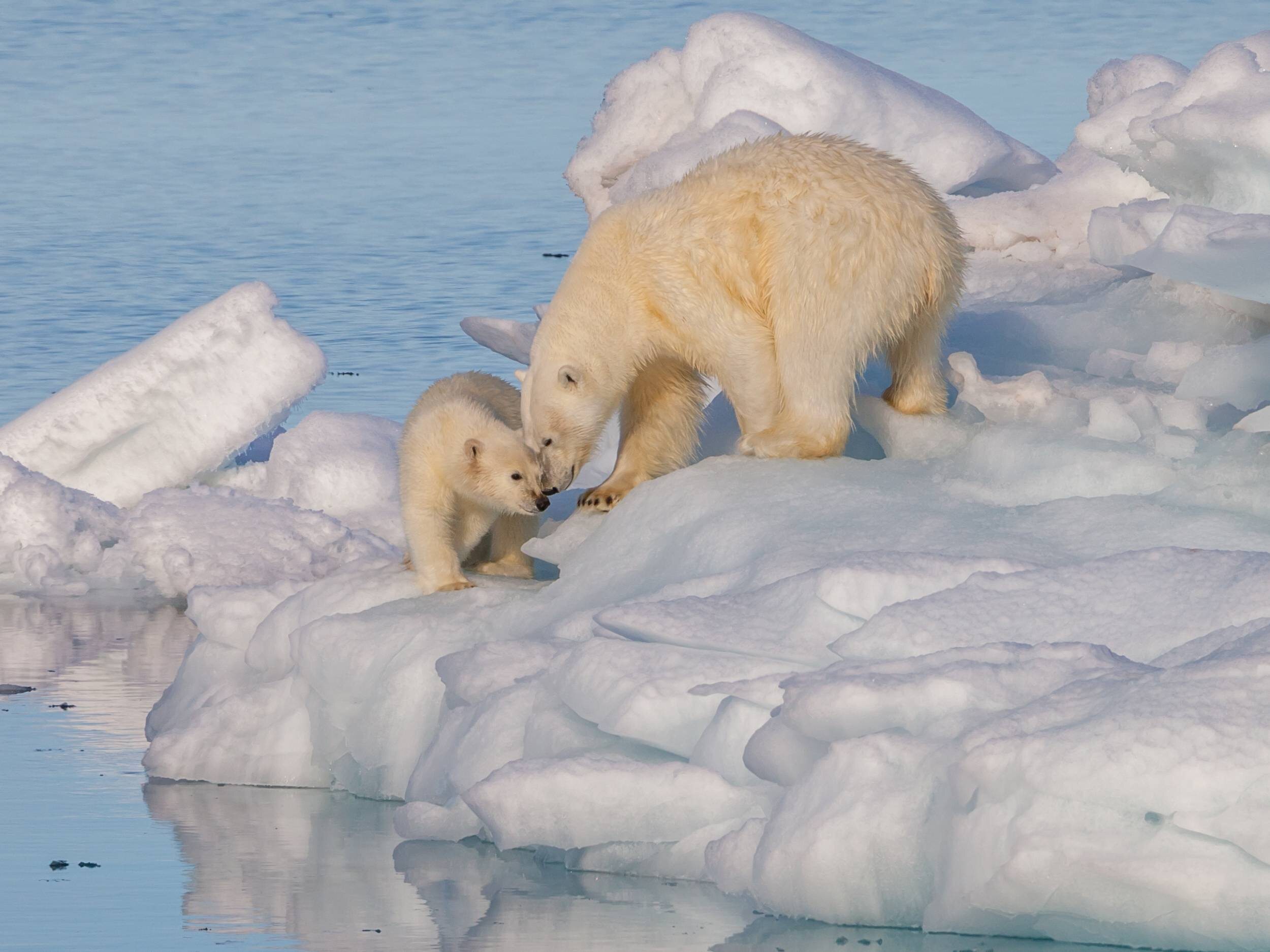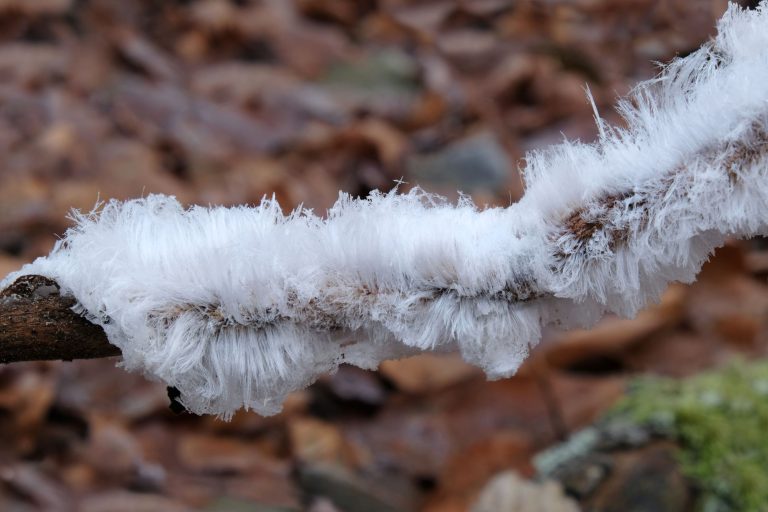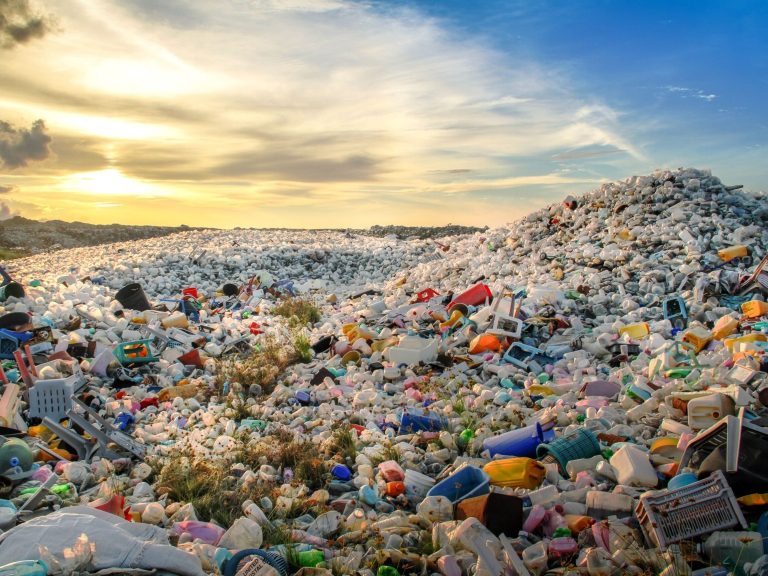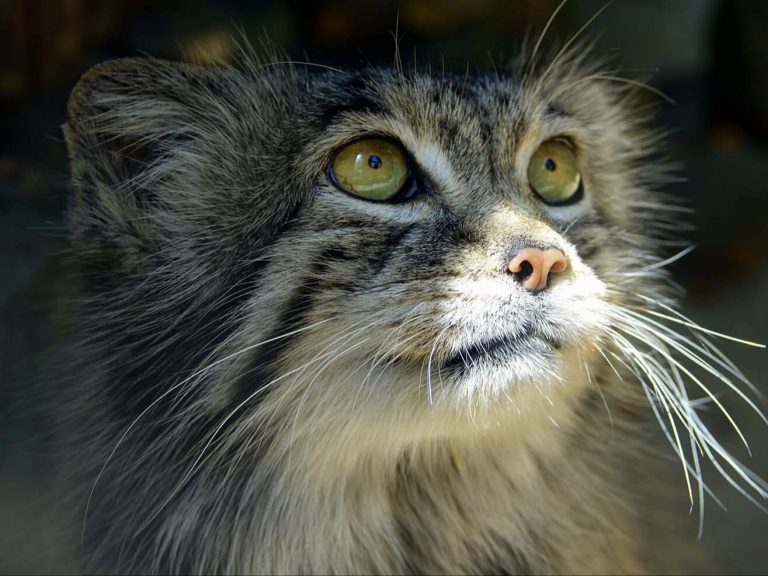Glass balls were supposed to stop… the melting of glaciers. Scientists with a crazy idea

Scientists are wondering how to stop the melting of the Earth’s glaciers. One of the more original ideas proposes covering the planet’s poles with a layer of… glass balls. How would this work and why are other researchers skeptical about the idea?
The scientific dispute over an extraordinary idea for combating climate change has just gained a new chapter. The earlier, unique idea of saving glaciers using glass has gained new opponents in the scientific community. What is it about?
Scientists want to save glaciers with glass balls
It all started in 2018, when the theory of using specifically processed glass to protect glaciers first appeared. According to the initiative, a layer of microscopic glass beads, approximately the thickness of a human hair, would be sprayed over the poles.
The balls would be hollow and… reflective. Thanks to this, they would reflect more sunlight from the surface and constitute an additional insulator. According to the theory, this would comprehensively lower the temperature of the poles and the glaciers would melt more slowly, and maybe they would even have a chance to rebuild.
The clock is still ticking, because current estimates indicate that the Arctic glaciers will completely melt in 2050.
Crystal balls can have huge consequences
So why aren’t planes dropping glass balls flying over the poles right now? There is one minor problem that a recent scientific study highlights.
“The results of our research indicate that this proposal to stop the melting of Arctic glaciers would be counterproductive,” says Melinda Webster, a polar scientist at the University of Alaska Fairbanks Geophysical Institute.
Webster, together with atmospheric researcher Stephen Warren from the University of Washington, tested the assumptions of the 2018 theory on an appropriate model.
Calculations have shown that the proposed 65-micrometer glass bead surface actually works… but only on thin ice that is not covered with snow. This occurs most often in the Arctic in autumn and winter, when the influence of the sun is minimal anyway.
The new study takes into account eight different types of Arctic surface, including seasonal changes, light exposure, snowfall, changes in other weather conditions and so on.
In spring, for example, fresh snow appears in the Arctic, covering the glaciers with a deep layer. It is much whiter than the proposed glass layer. This means that spilling glass on glaciers could accelerate the melting of glaciers.
Webster and Warren conclude that glass would absorb approximately 10 percent. sunlight, which is more than naturally occurring snow. This would mean a significant deterioration of the climate situation, even if scientists intended to improve it.






